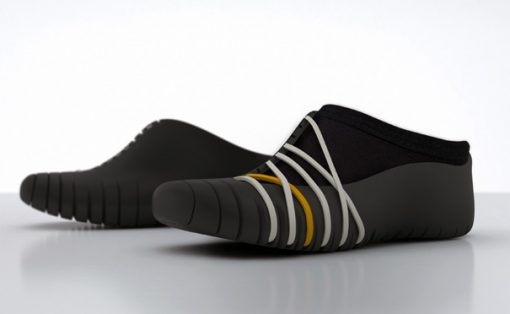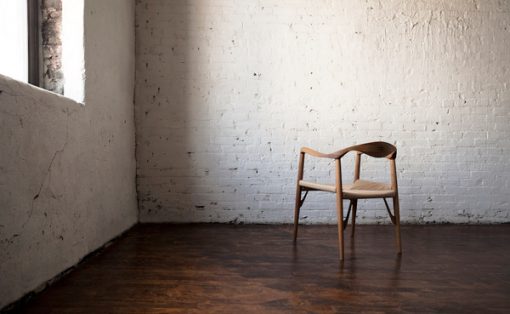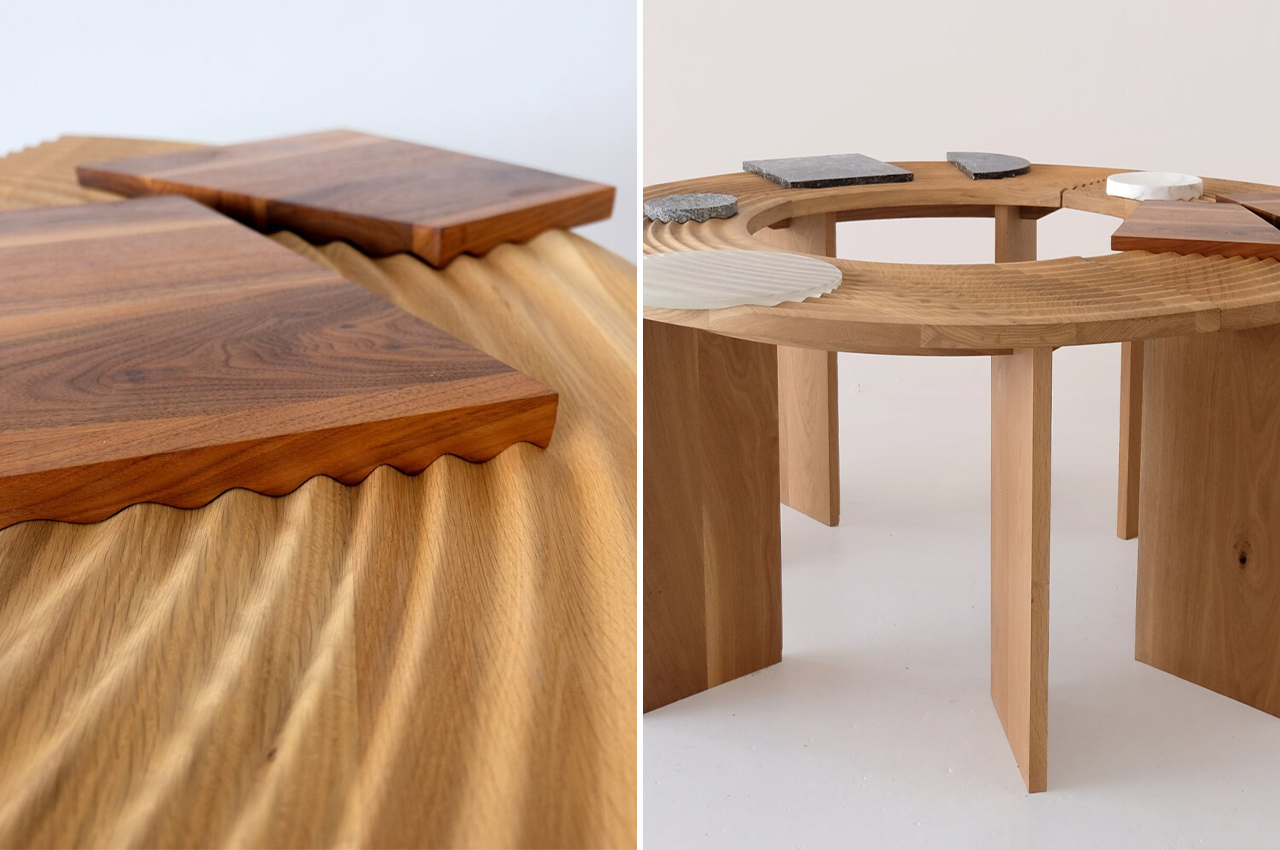
The Japanese design philosophy has slowly but surely taken over the world by storm – ever since it was discovered by the rest of us! There’s something surreal and relaxing about Japanese-inspired products, that just makes you want to introduce some minimalism into your life. Whether it is furniture designs, stationery items, or even kitchen appliances, we’ve got you covered with a collection of innovative Japanese designs. From Japanese geometry scissors that double up as quirky templates to high-quality Japanese towels – these surreal and soothing product designs are all you need to introduce into your day-to-day life, to experience some Japanese zen and peace.
1. Outside In
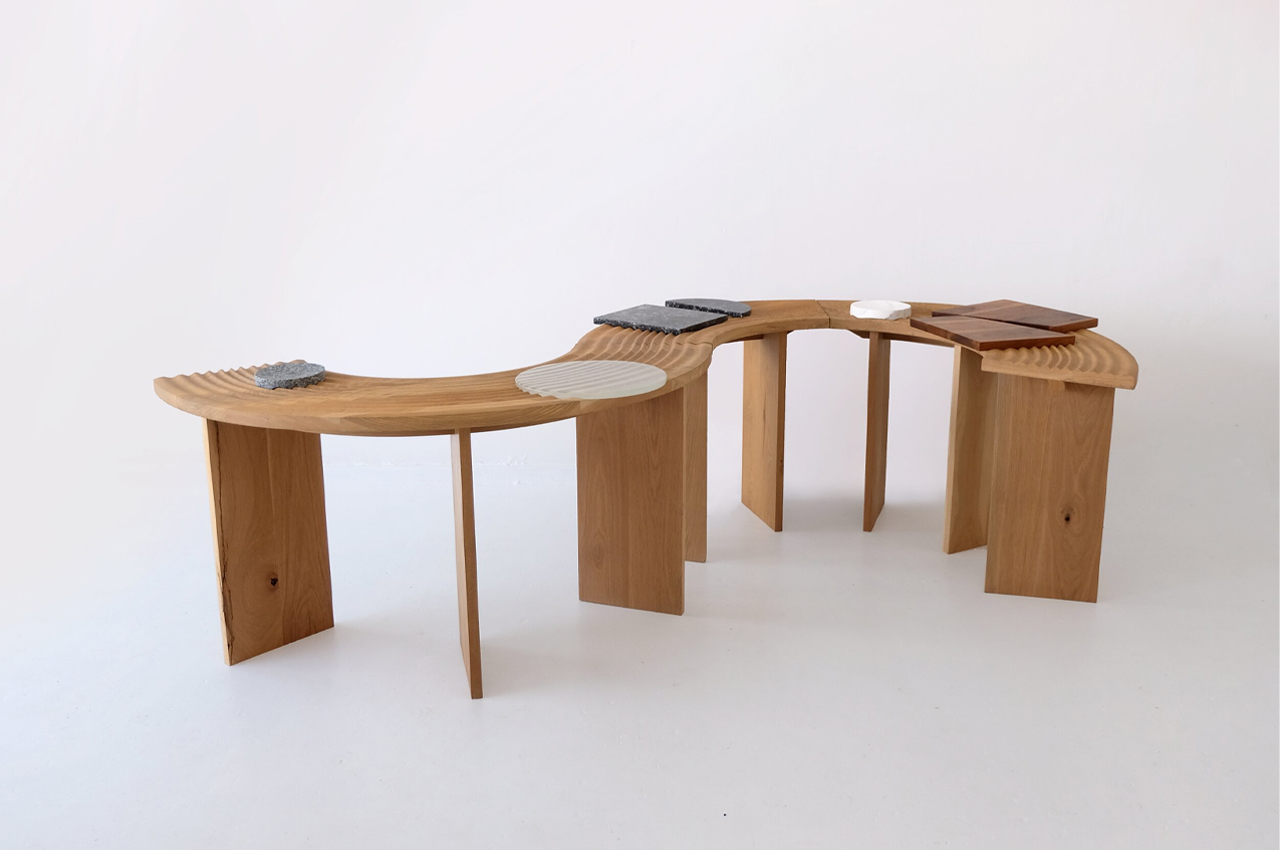
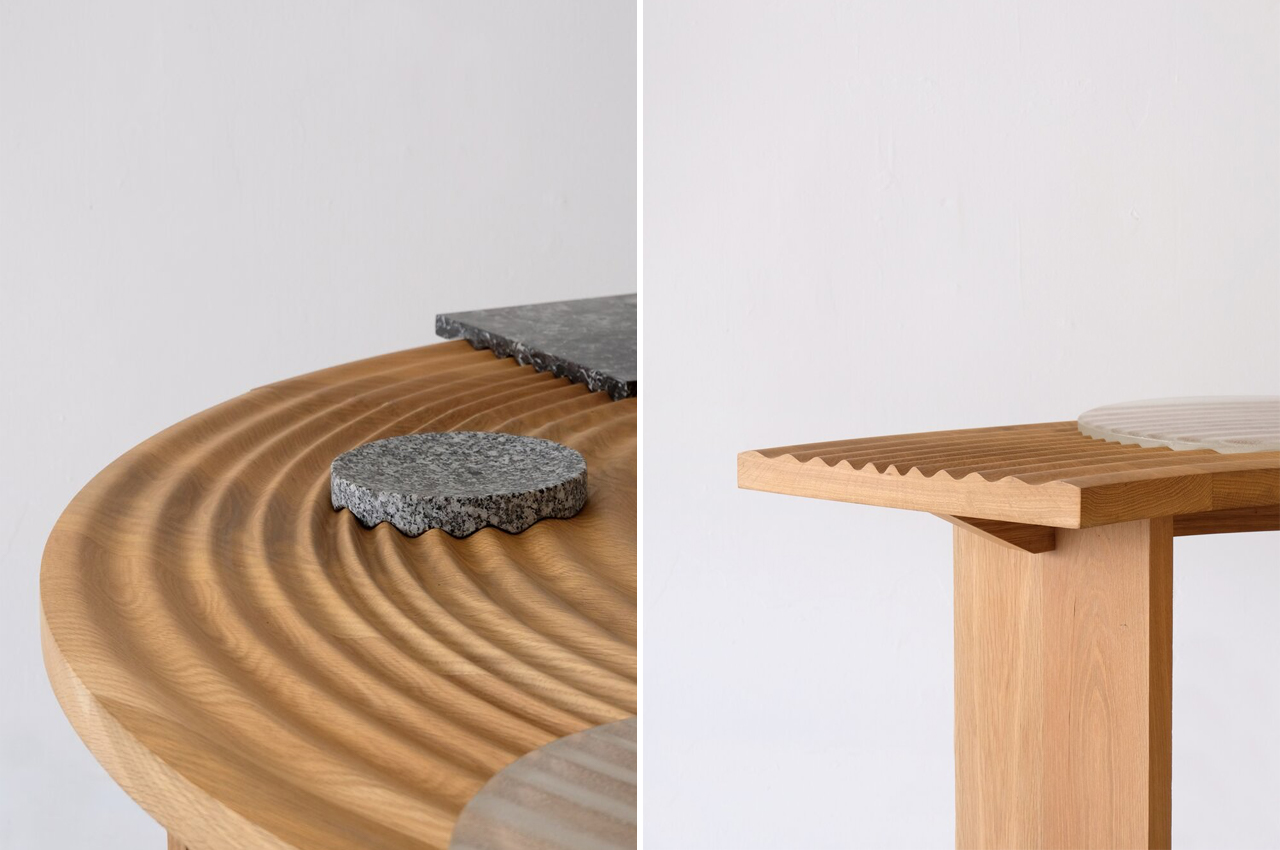
Outside In is a multifunctional, shapeshifting table that incorporates hand-carved grooves into its timber frame to resemble the raked ruts of Japanese zen gardens.
Why is it noteworthy?
Japanese zen gardens have supplied ceaseless inspiration for designers. While the sheer meditative quality of zen gardens is enough to insight into some new ideas, the artful design of zen gardens rakes its own creative vision for designers. Melbourne-based furniture, lighting, and object design company Sabu Studio found its own creative vision by way of Japanese zen gardens when designing the minimalist Outside In table.
What we like
- Features a sinuous timber surface that resembles the hand-raked grooves of a zen garden
- Outside In is a crafty piece of furniture that would look right at home in hospitality common spaces or even event halls
What we dislike
- No complaints!
2. The Trisqucle Scissors


The Trisqucle scissors come in different shapes than the usual scissors that we see. There is a triangle, square, and circle-shaped pair of scissors, which is probably where the name trisqucle comes from. Aside from cutting things, the accessories can also be used as shape templates with various sizes of circles and as a ruler and compass in case you need it for your office work or school work.
Why is it noteworthy?
These unique-looking scissors have apparently been around since the 80s and were created by the Japanese, who are of course known for some pretty unique products. But after a lengthy “hiatus” the Trisqucle is now back and is now called Shape Scissors and is being distributed by a U.K stationery brand called Present & Correct.
What we like
- The scissors double up as quirky accessories
What we dislike
- Not everyone may find this product useful
3. The Furoshiki Denim Bag


Sometimes, we have to take the hard-earned lessons of the past to heart in order to make something beautiful, enduring, and, more importantly, sustainable. That’s the message that Blue Ainery’s compact Furoshiki denim bag tries to send by using traditional dyeing and weaving methods to create a fashionable storage accessory whose very design pays homage to Japan’s history and tradition, many of which still apply today.
Why is it noteworthy?
Almost everything about the Furoshiki denim bag is a nod to Japan’s past culture, design, and fashion. The term “furoshiki” itself is a reference to the traditional Japanese wrapping of cloths for goods, bento boxes, and informal gifts. When worn as a bag, the Furoshiki looks more like an “Azuma Fukuro” that predated today’s modern tote bags by about four centuries
What we like
- It has a minimalist charm to it
- Its uncomplicated shape leaves enough room for plenty of items inside
What we dislike
- The design might seem basic and old-fashioned to some
4. Japarcana Imabari towels
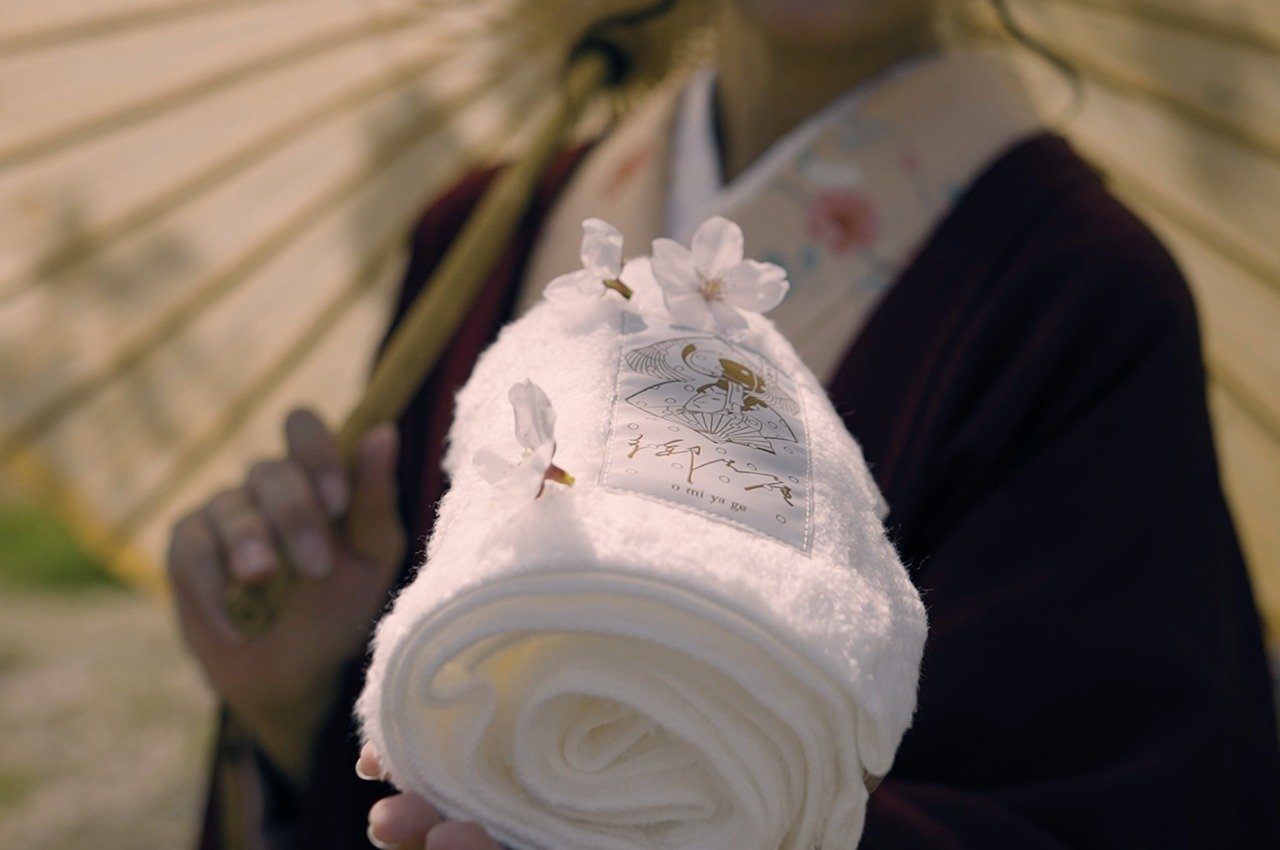
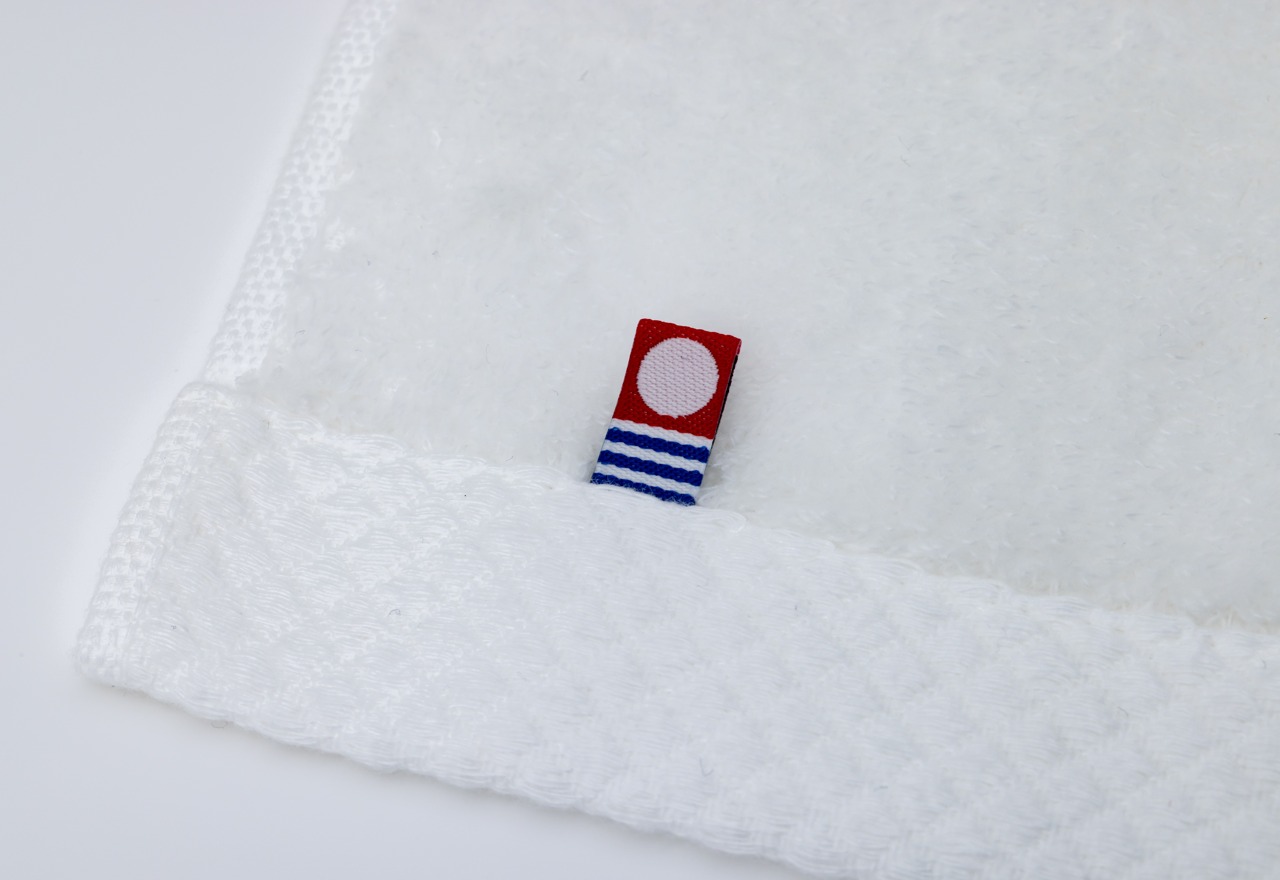
Premium towels, however, don’t need to cost an arm and a leg, and neither do they have to look extravagant. In Japanese culture and design, simple, understated solutions are often the best, and these Japarcana Imabari towels prove that point.
Why is it noteworthy?
The Japanese towel industry based in Imabari has long solved this problem, and Japarcana wants to bring that to the rest of the world. Simple and time-proven weaving techniques, high-quality cotton, and strict quality standards all come together to create a towel with excellent water absorption, soft texture, and long-lasting durability. These towels have the imabari towel stamp of approval, something that isn’t just given out to any towel brand.
What we like
- The towel’s label utilizes an ukiyo-e illustration depicting traditional Japanese baths, clearly pointing to the towel’s primary function
What we dislike
- No complaints!
5. The Japanese Cypress vās wood diffuser
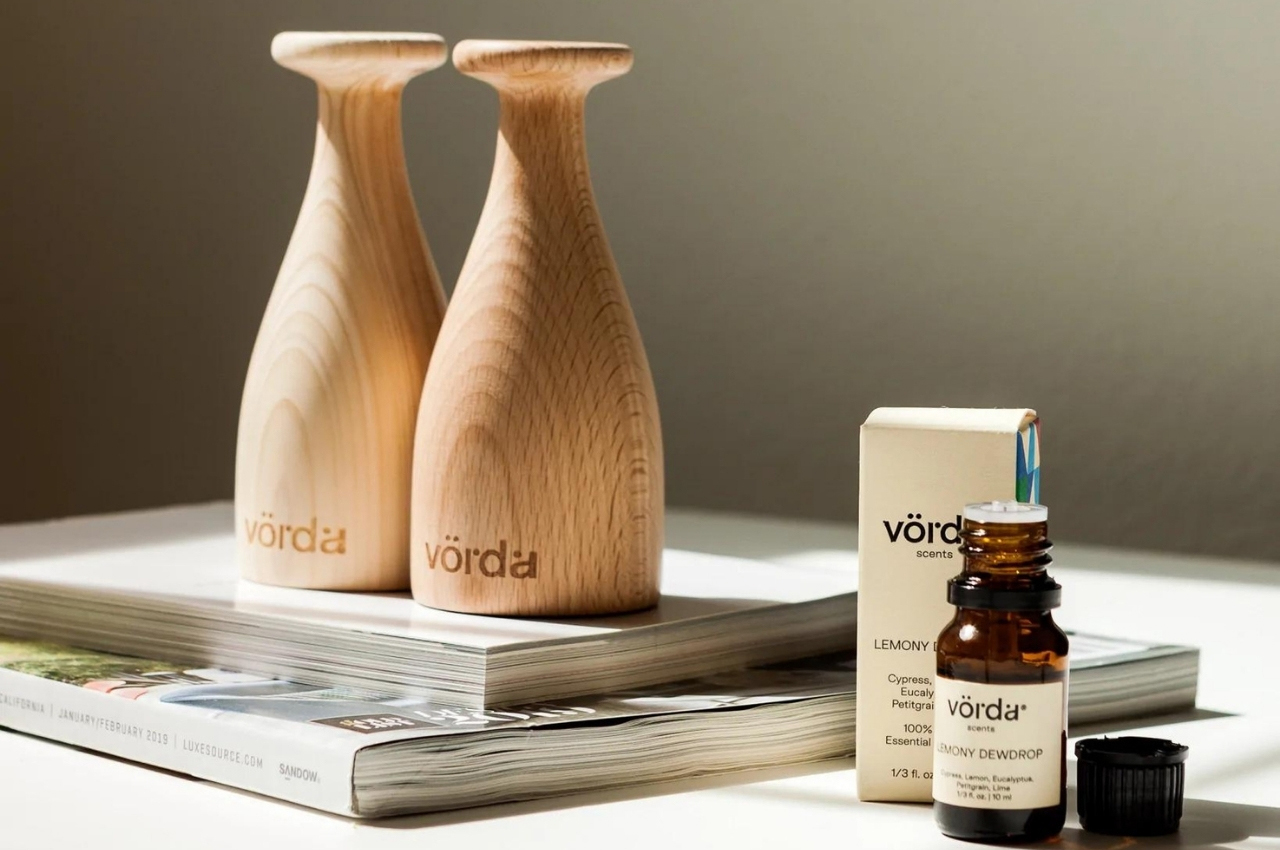

The Japanese Cypress vās wood diffuser doesn’t need any electricity, power, or batteries to diffuse your favorite essential oils. All you need is to put a few drops and wait for it to do its natural “magic”. The design is inspired by the Latin word for a vessel which is vās, normally used to hold flowers.
Why is it noteworthy?
The vās itself is handcrafted from the Japanese hinoki cypress tree, giving you not just a natural oil diffuser but also a decorative object to match your wooden theme if you have one.
What we like
- Portable and travel-friendly
What we dislike
- No complaints!
6. The Chouchin
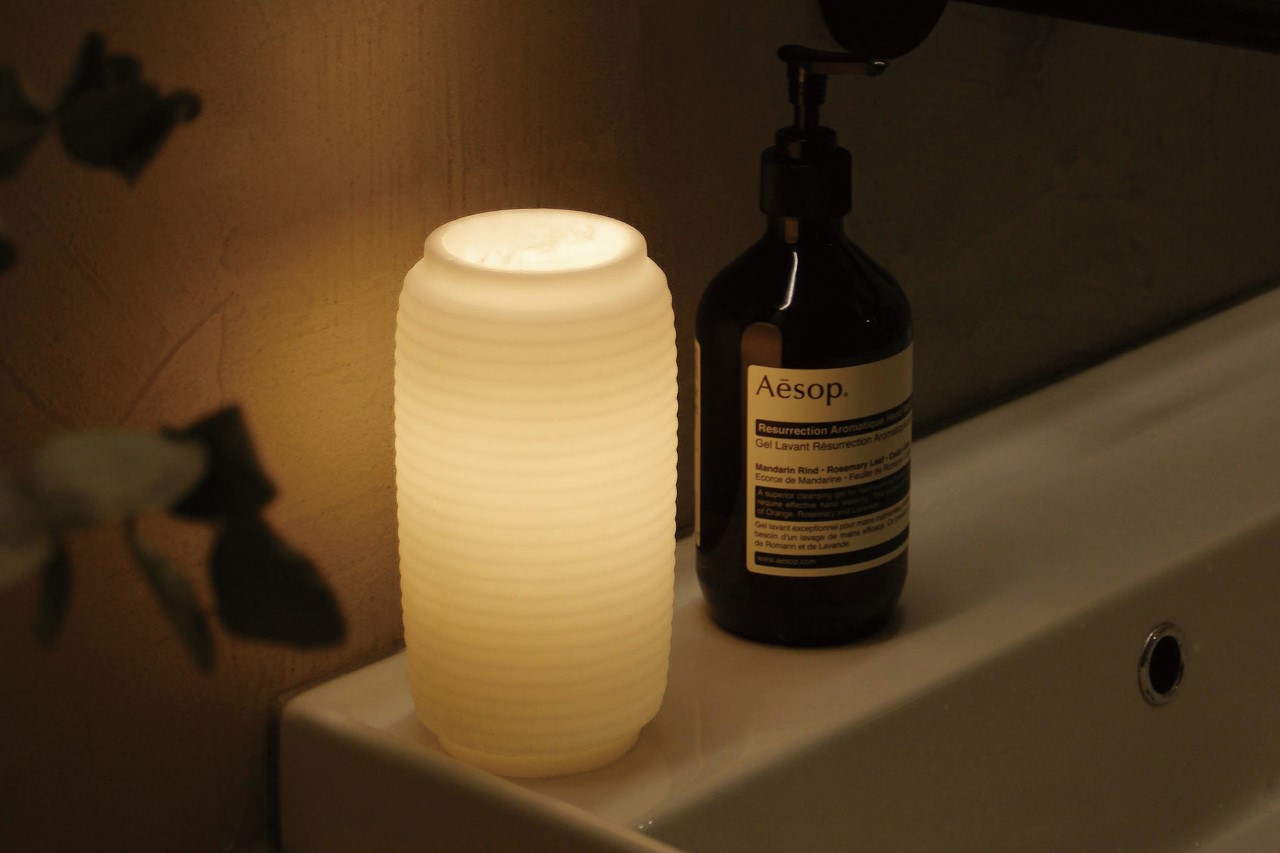
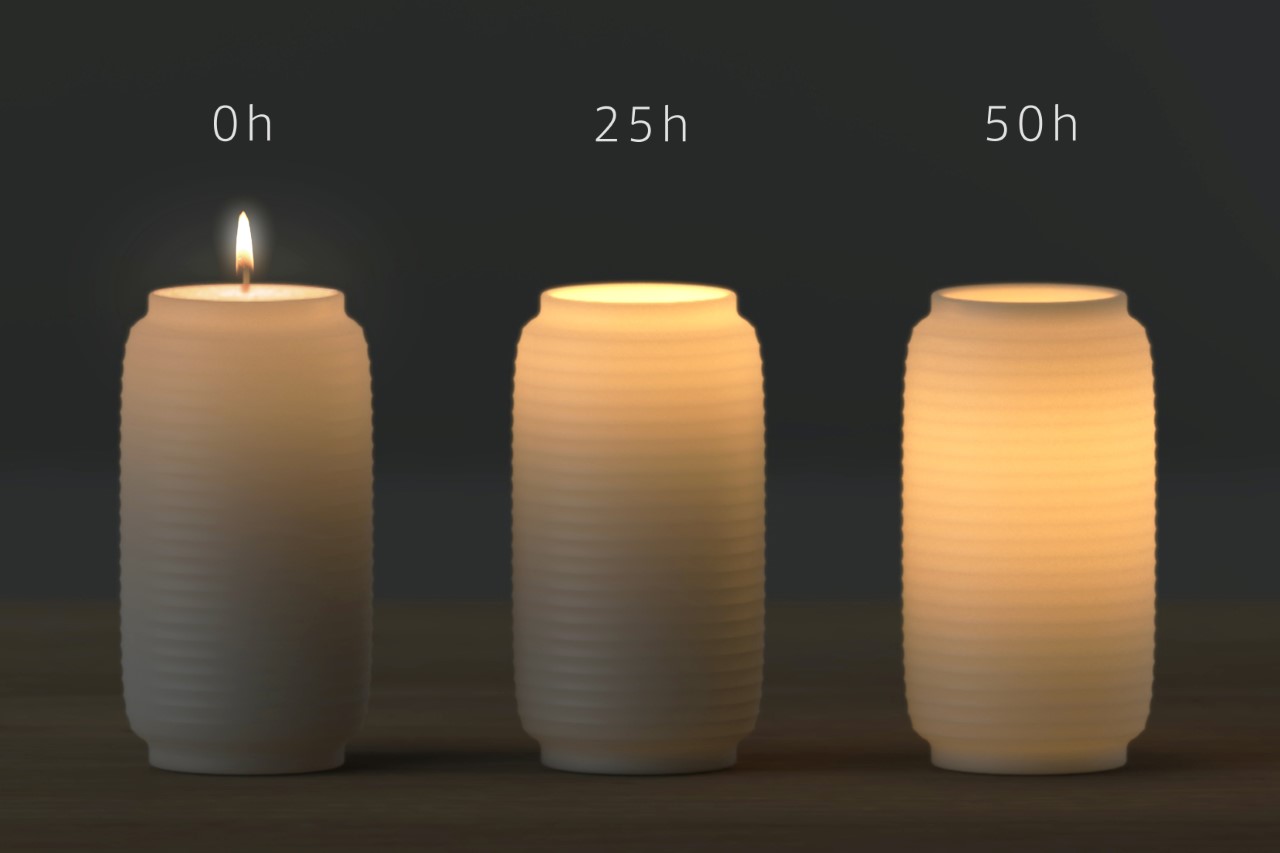
The Chouchin is a pillar-shaped candle, styled to look like a traditional Japanese ‘chouchin’ lantern.
Why is it noteworthy?
The candle comes made from two different grades of wax, one on the inside, which burns the way a normal candle would, and one on the outside, which serves as the candle’s exterior, mimicking the effects of a lantern by diffusing the light that passes through it. As the inner wax candle continues to burn, the flame glows right through the outer shell, getting diffused into a gentle, warm light in the process.
What we like
- The outer shell uses a patented non-melting wax, which lends a beautiful subtle translucency to the candle as the wick burns downwards
- On the inside sits a more traditional candle, with a burning time of 60 hours – offering a few months’ worths of light with daily usage
What we dislike
- No complaints!
7. The Ofuro Bathtub
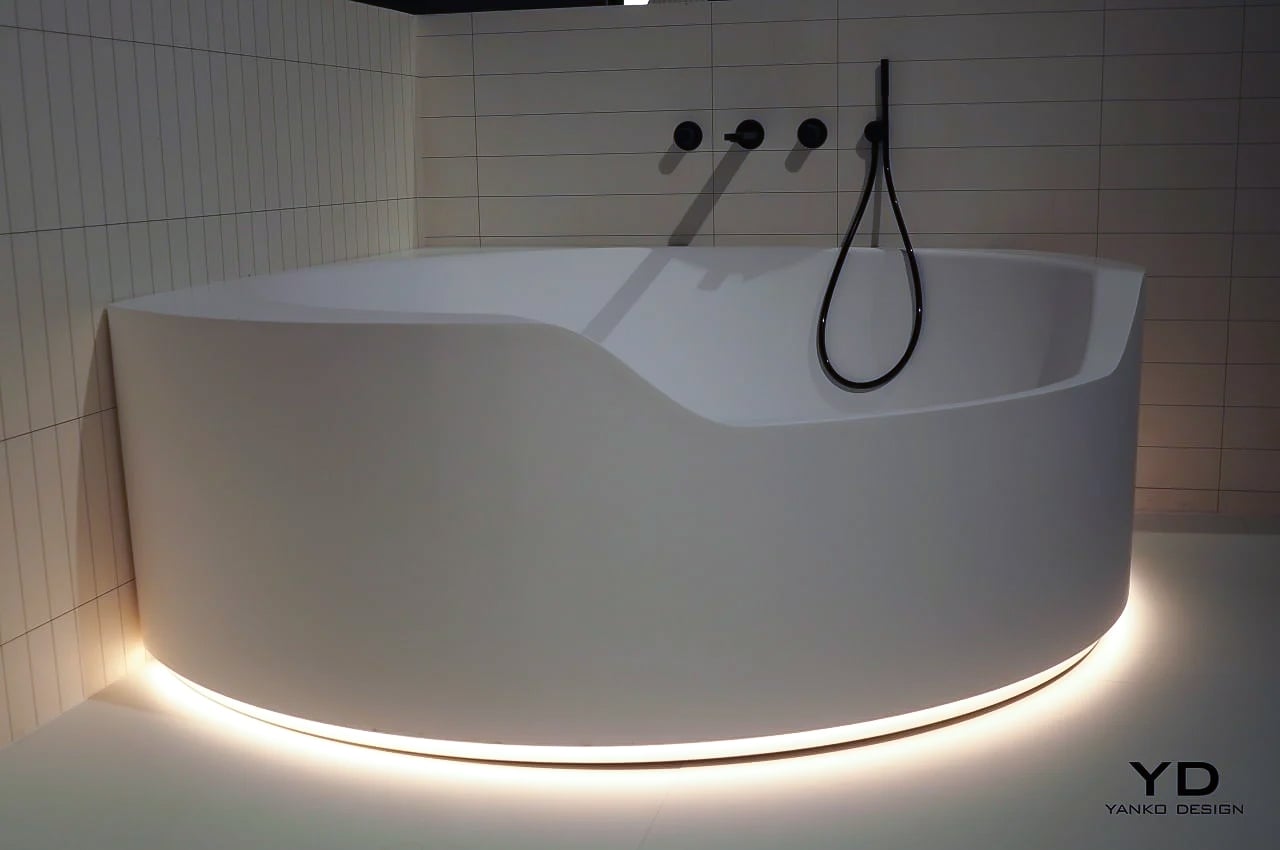
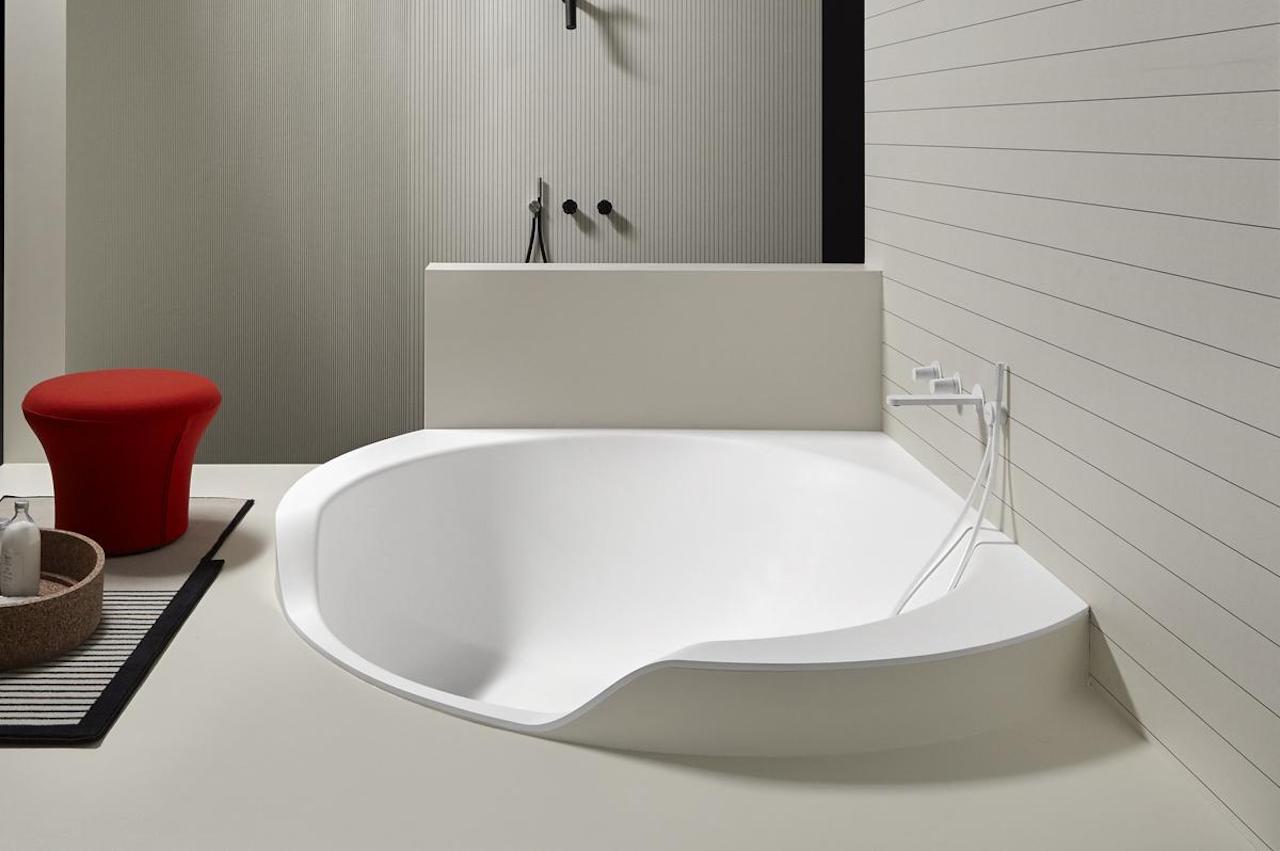
Antoniolupi’s latest product, the Ofuro series, comes from the traditional Japanese bath that involves soaking and relaxation.
Why is it noteworthy?
The use of the name gives the inspiration to create a bathing experience that is truly calming and comforting. Showers may not be enough, so bathtubs are preferred in some situations when you really need to destress and decompress. A few moments in the tub allow not just purification of the body but also of the soul and mind, as it is where you can be free from all the stress and worry of the day.
What we like
- Antoniolupi’s Ofuro series is a response to such a need for wellness and healthy living
- The idea of full immersion in hot water is why the Ofuro bathtub is large, looking like a large basin perched in the corner of the bathroom–just like the Japanese tradition
What we dislike
- No complaints!
8. Electric Chopsticks
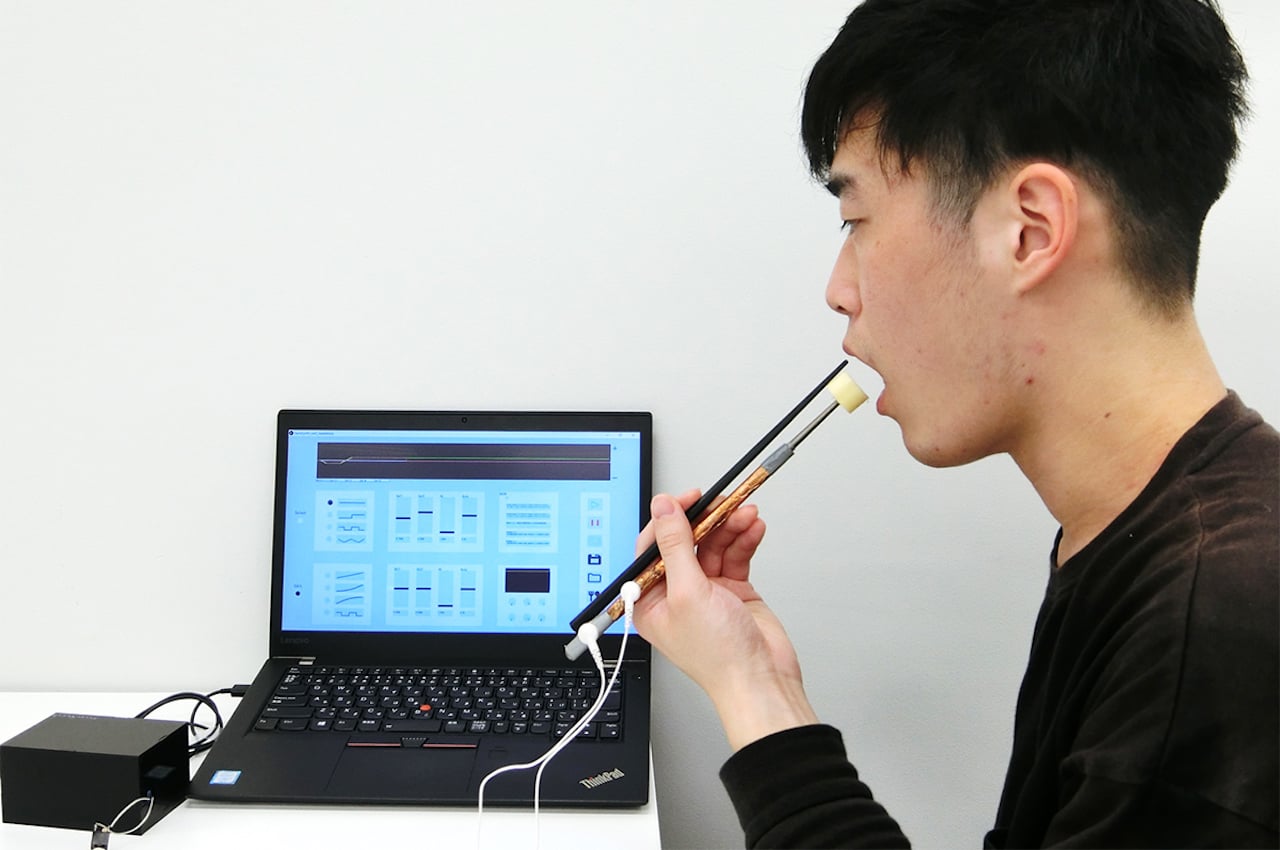
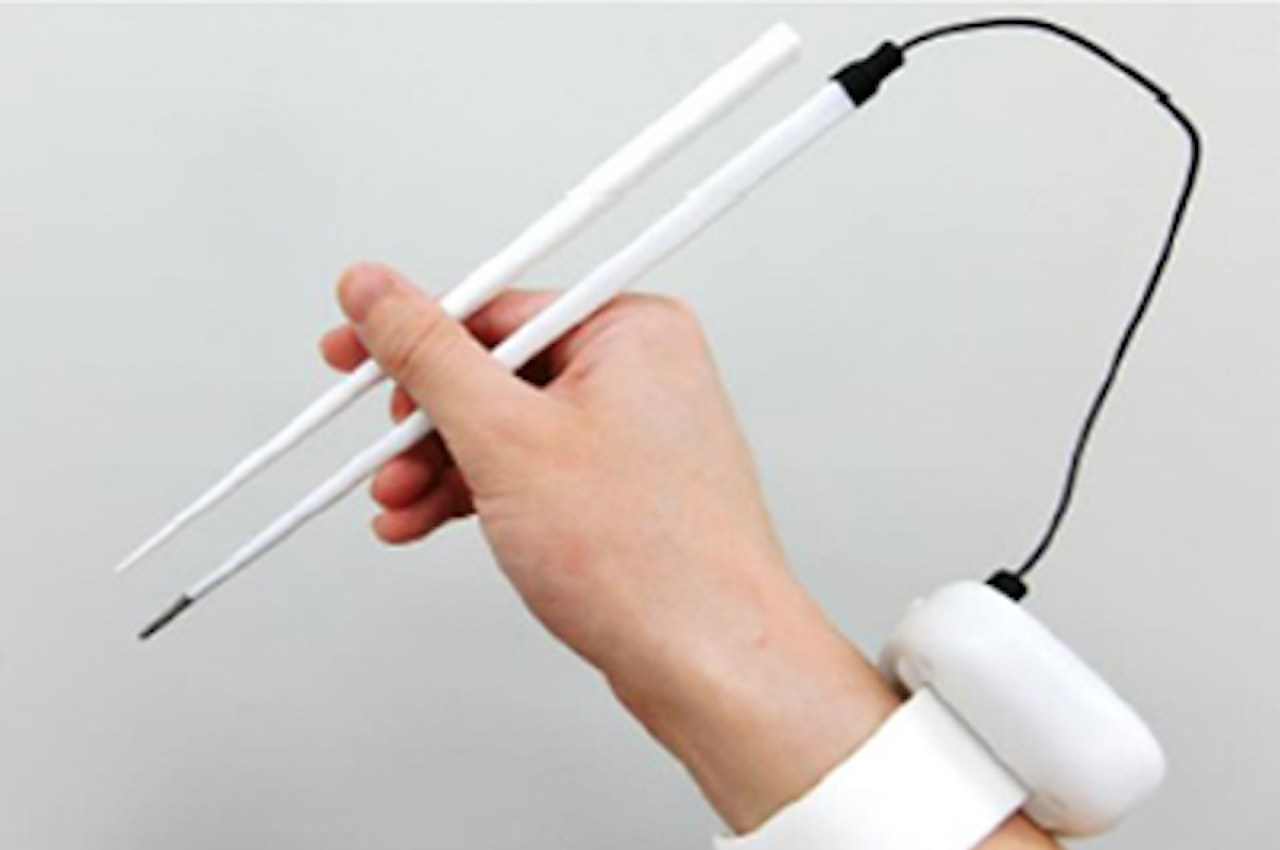
Chopstick innovations and redesigns have been presented, but nothing like this project introduced together by Kirin Holdings and the Miyashita Laboratory (Meiji University Dr. Homei Miyashita Laboratory of the Department of Frontier Media Science, School of Interdisciplinary Mathematical Sciences). The chopstick device comes with an electrical stimulation waveform that together works to adjust the taste of low-sodium food.
Why is it noteworthy?
The chopsticks can make low-sodium food taste salty. So you can enjoy the food more but sans the high sodium content. This idea can benefit those who need to go on a low-sodium diet. Right now, chopsticks can be used, but other utensils can also take advantage of the system. Salty taste enhancement is possible with electrical stimulation on a utensil. With the goal of improving the electric taste sensation, more people can enjoy what they eat even with reduced salt.
What we like
- The device uses a weak electrical current in transmitting sodium ions from the food to the mouth
- Creates a sense of saltiness
What we dislike
- It’s still in the prototype stage!
9. The Japanese Paper Memo Block
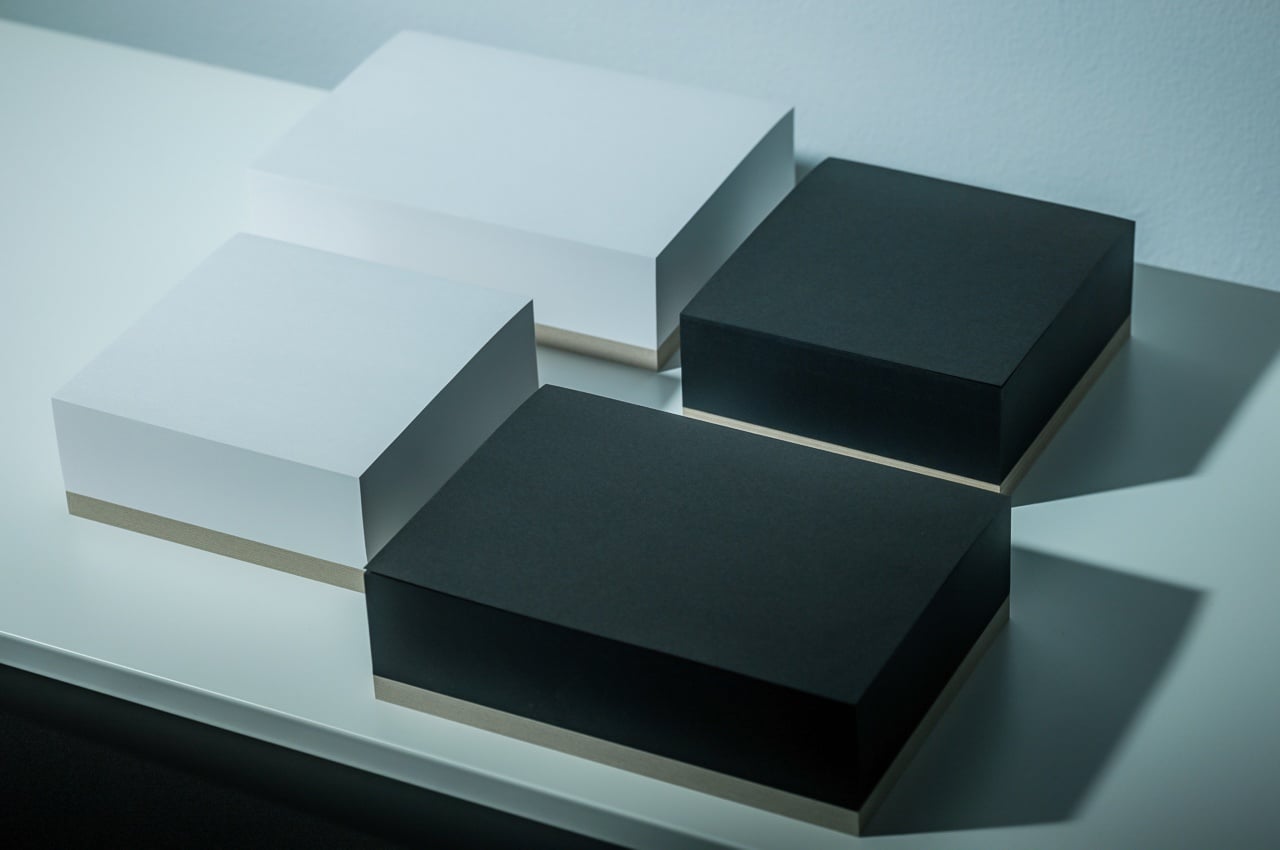
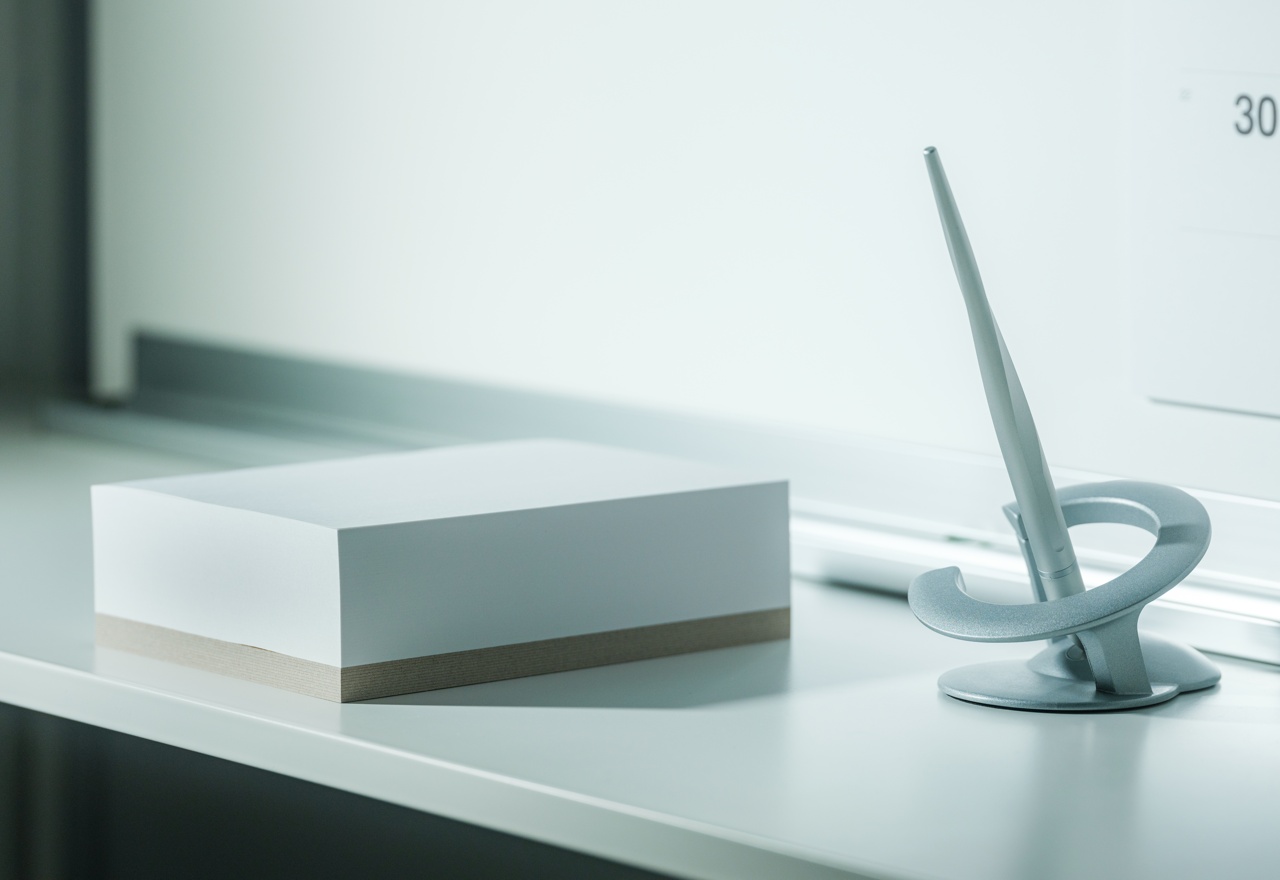
The Japanese paper Memo Block comes in to provide a temporary shelter for those itinerant thoughts of yours.
Why is it noteworthy?
There is nothing more welcoming and more freeing than a blank sheet of paper that’s ready to record those fleeting thoughts, flashes of inspiration, or even tasks that were suddenly dumped on your lap. With no other markings, not even grids or lines, this white Memo Block lets you focus on the simplest task at hand, jotting that note down before you get distracted again. And with its smaller footprint, it’s easy to put a block of paper anywhere on your desk, in any position or orientation, so that it will always be within easy reach when your Muse or your colleague visits you.
What we like
- Its pure black surface challenges the mind as if daring it to put an unconventional and exciting new thought on paper
- Uses high-quality Japanese paper revered by many stationery connoisseurs
What we dislike
- No complaints!
10. The Wooden Pen Holder
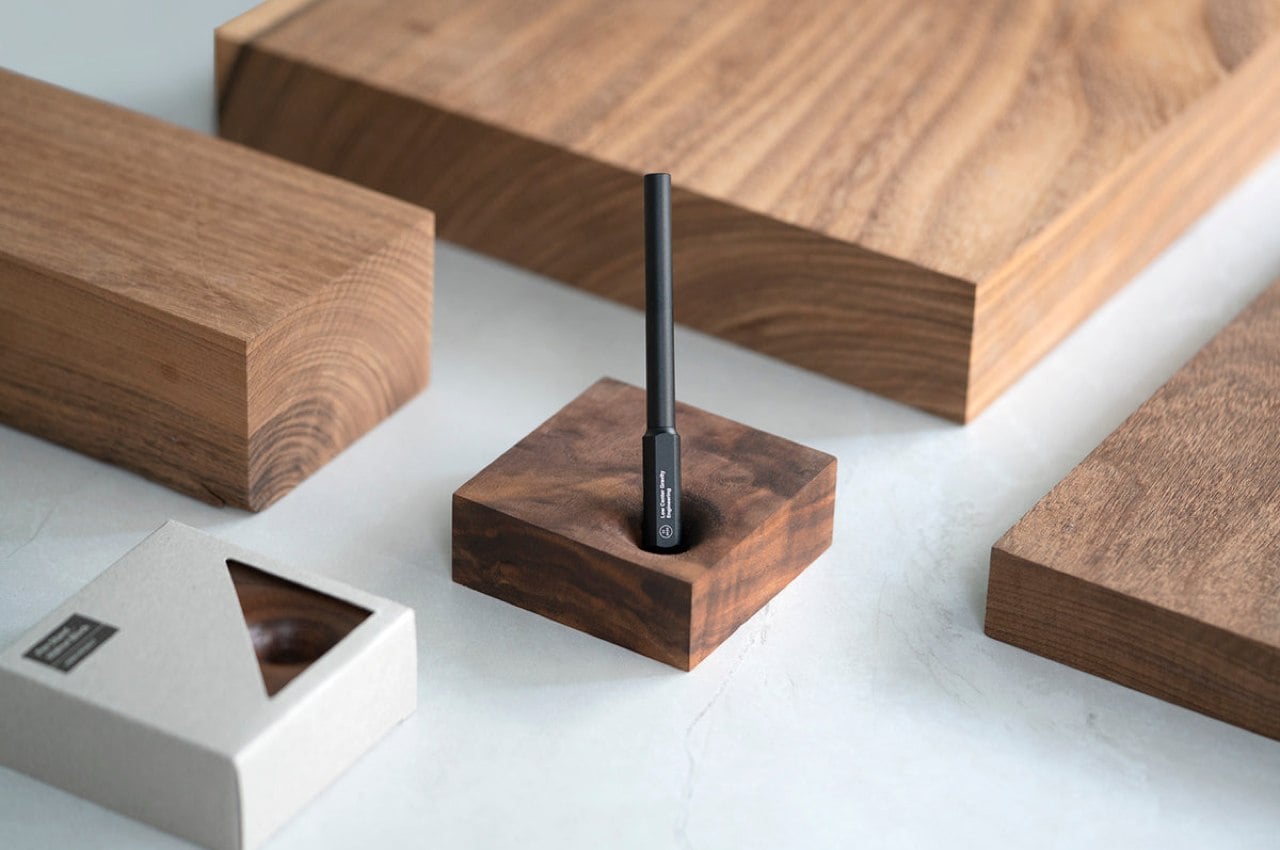
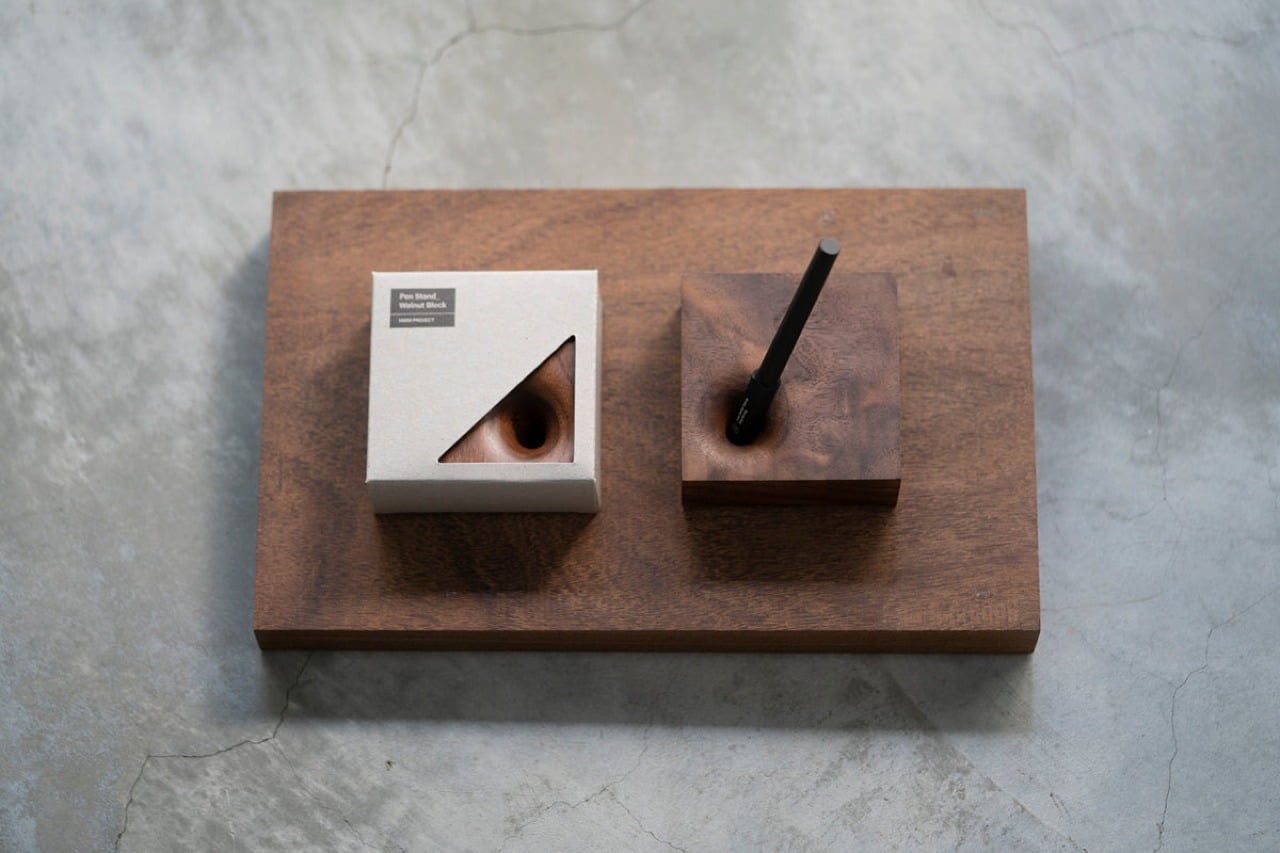
There’s something almost poetic about the act of picking up a brush or a fountain pen from an inkwell, drawing your strokes, and dipping it back in to be ready for when the next inspiration strikes, a feeling that’s almost lost even with the most elaborate and extravagant pens today. Not unless you have a pen holder that brings back that atmosphere, like a block of wood that could be the most Zen pen holder to ever adorn your desk.
Why is it noteworthy?
This wooden block is both unassuming and, at the same time, beautiful in its simplicity, as many minimalist products are wont to be. Made from genuine maple wood, each piece has grains and patterns that make it unique and special. Without saying explicitly, it’s an assurance that each black will be one of a kind, giving you the feeling that this pen holder was crafted just for you. Together with an equally stylish pen, this block transforms any desk into a thinker’s workbench, where the tools of the trade are just at an arm’s reach.
What we like
- The Wooden Pen Holder has a gently curving depression that can accommodate any pen with a standard size
- When you pick the pen up, you almost believe that the ink will also follow it up from an invisible well of ideas
What we dislike
- No complaints!



